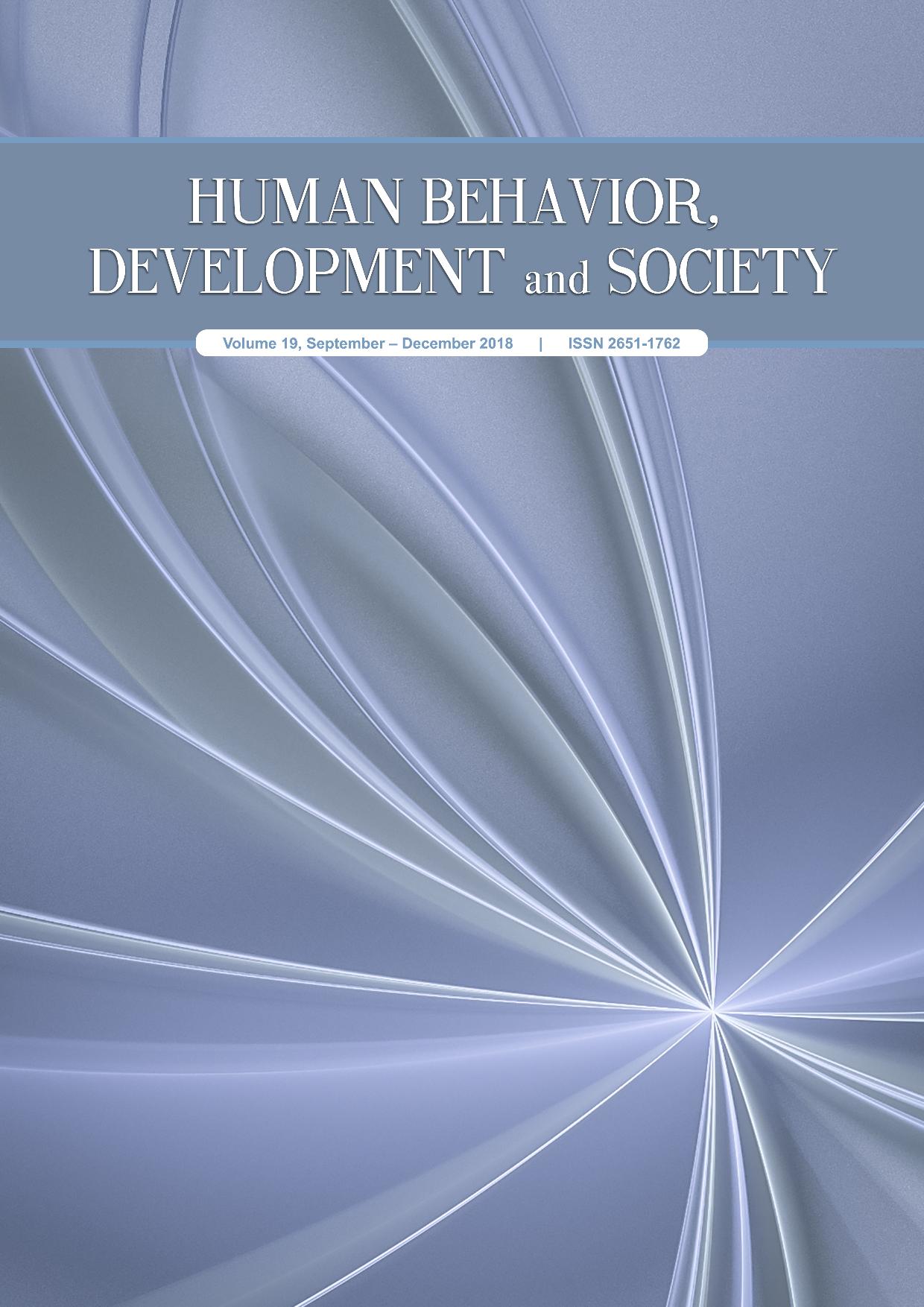Firms, Universities, and Governmental Agencies in the Context of the Innovation System of the Thai Food Processing Industry
Main Article Content
Abstract
This article discusses the roles and functioning of firms, universities, and governmental agencies in the context of the innovation system in the Thai food processing industry. It also analyses the effects on innovation of knowledge interactions between firms and universities and between firms and governmental agencies. It is held that there are still some weaknesses in firms, universities, and governmental agencies that can potentially limit the upgrading of the food innovation system. Notably, interaction and exchange of knowledge among these organisations is relatively low and not sufficiently effective to enhance the innovativeness of food processing firms. It is argued that the current Thai food processing innovation system is not adequately conducive to interactive learning that leads to the enhancement of innovation.
Article Details

This work is licensed under a Creative Commons Attribution-NonCommercial-NoDerivatives 4.0 International License.
Copyright: Asia-Pacific International University reserve exclusive rights to publish, reproduce and distribute the manuscript and all contents therein.
References
Cohen, W., & Levinthal, D. (1990). Absorptive capacity: A new perspective on learning and innovation. Administrative Science Quarterly, 35(1), 128-152.
Chunhavuthiyanon, M., & Intarakumnerd, P. (2014). The role of intermediaries in sectoral innovation system: The case of Thailand’s food industry. International Journal of Technology Management & Sustainable Development, 13(1), 15-36.
Doner, R., Intarakumnerd, P., & Ritchie, B. (2013). University–industry linkages in Thailand: Sources of weakness in economic upgrading. Science, Technology and Society, 18(2), 213-229.
Etzkowitz, H. (2002). The triple helix of university-industry-government: Implications for policy and evaluation. Swedish Institute for Studies in Education and Research. Retrieved from http://www.sister.nu/pdf/wp_11.pdf
Etzkowitz, H., & Leydesdorff, L. (1995). The Triple Helix--University-industry-government relations: A laboratory for knowledge based economic development. EASST Review, 14(1), 14-19.
Etzkowitz, H., & Leydesdorff, L. (2000). The dynamics of innovation: From National Systems and “Mode 2” to a Triple Helix of university–industry–government relations. Research Policy, 29(2), 109-123.
Feng, T., Sun, L., Zhu, C., & Sohal, A. (2012). Customer orientation for decreasing time-to-market of new products: IT implementation as a complementary asset. Industrial Marketing Management, 41(6), 929-939.
Field, A. (2009). Discovering statistics using SPSS. London: Sage publications.
He, Z., & Wong, P. (2009). Knowledge interaction with manufacturing clients and innovation of knowledge-intensive business services firms. Innovation: Management, Policy & Practice, 11(3), 264-278.
Intarakumnerd, P., & Chaminade, C. (2007). Strategy versus practice in innovation systems policy: The case of Thailand. Asian Journal of Technology Innovation, 15(2), 197-213.
Intarakumnerd, P., & Chaminade, C. (2011). Innovation policies in Thailand: towards a system of innovation approach? Asia Pacific Business Review, 17(2), 241-256.
Intarakumnerd, P., Chairatana, P., & Tangchitpiboon, T. (2002). National innovation system in less successful developing countries: the case of Thailand. Research policy, 31(8), 1445-1457.
Intarakumnerd, P., Chairatana, P., & Kamondetdecha, R. (2015). Innovation system of the seafood industry in Thailand. Asian Journal of Technology Innovation, 23(2), 271-278.
Klomklieng, W., Ratanapanee, P., Tanchareon, S., & Meesap, K. (2012). Strengthening a research cooperation using a Triple Helix model: Case study of poultry industry in Thailand. Procedia-Social and Behavioral Sciences, 52, 120-129.
Long, J. (1997). Regression models for categorical and limited dependent variables. California: Sage Publication.
Lundvall, B-A. (2007). National innovation systems – Analytical concept and development tool. Industry and Innovation, 14(1), 95-119.
National Statistical Office. (2012). The 2012 business and industrial census: Manufacturing industry. Bangkok: The National Statistical Office, Ministry of Information and Communication Technology, Thailand. Retrieved from http://service.nso.go.th/nso/nsopublish/census/files/2012_w_Full%20Report.pdf
National Food Institute. (2017). Thai Food Industry 2015 and Trends 2016. Food industry overview. Thailand. Retrieved from http://fic.nfi.or.th/foodindustry_quarterlySituation_detail.php?smid=1128
National Research and Innovation Policy Council. (2016). Announcement of the coup d ' état no.62/2016 on the reform of national research and innovation system. Retrieved from http://www.nric.or.th/wp-content/uploads/2016/ 10/62-2559_6OCT2559.pdf (in Thai).
National Science, Technology, and Innovation Policy Office. (2015a). Science, technology, and innovation system in the Thai foods and agri-businesses. Bangkok: The National Science, Technology, and Innovation Policy Office (STI). Retrieved from http://www.sti.or.th/uploads/comtent_pdf/27_TH.pdf
National Science, Technology, and Innovation Policy Office. (2015b). The 2015 Thailand business R&D and innovation survey report. Bangkok: The National Science, Technology, and Innovation Policy Office (STI). Retrieved from http://stiic.sti.or.th/wp-content/uploads/2016/06/Thailand-Business-RD-and-Innovation-Survey-2015.pdf
Office of Small and Medium Enterprise Promotion. (2016). The 2016 SMEs report. Bangkok: The Office of Small and Medium Enterprises Promotion (OSMEP). Retrieved from http://www.sme.go.th/th/download.php?modulekey =215&cid=0
Perkmann, M., & Walsh, K. (2007). University–industry relationships and open innovation: Towards a research agenda. International Journal of Management Reviews, 9(4), 259-280.
Saigosoom, N. (2012). Barriers and opportunities for small and medium-sized Thai food firms in the context of innovation management: The case of processed marine and processed fruit and vegetable sectors. (Doctoral dissertation). The University of Manchester, Manchester, England.
Schiller, D. (2006). The potential to upgrade the Thai innovation system by university-industry linkages. Asian Journal of Technology Innovation, 14(2), 67-91.
Schiller, D., & Diez, J. (2007). University-industry linkages. Potential and realization in developing countries: Thai experiences. Tech Monitor, Jan-Feb, 2007, 38-44. Retrieved from www.techmonitor.net/tm/images/f/fc/ 07jan_feb_sf5.pdf
Tippakoon, P. (2017a). Industrial clustering, knowledge interaction, and product innovation in the Thai food processing industry. Thammasat Business Journal, 40(153), 64-93.
Tippakoon, P. (2017b). The local innovation system of industrial clusters and establishments’ innovation – A case study of the marine food processing industry in Bangkok Metropolitan Region (BMR). Unpublished research report submitted to Thammasat University (in Thai).
Tippakoon, P. (2017c). Industrial clustering and establishments’ innovation: A case of freshwater and marine food processing industry in Bangkok Metropolitan Region (BMR). Chulalongkorn Business Review, 40(1), 54-87 (in Thai).


